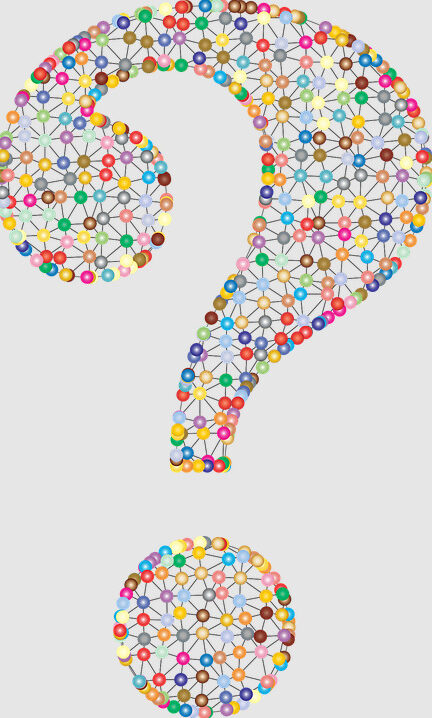
Observability is a term that’s being used to describe just about anything to do with monitoring, but it’s not as simple as just monitoring the performance of an application or server. Observability can provide you with so much more information that traditional monitoring could.
In order to dispel some of the common misconceptions about observability, Bill Talbot, CMO at OpsRamp, and Eveline Oehrlich, industry analyst at Research in Action, explained what observability is during a recent ITOps Times Live! webinar.
Oehrlich started off by defining observability as “the ability of the internal states of systems to be inferred from external output.” In other words, it means that looking at a system in a state you can observe will allow you to gain insight into states you might not have that visibility into.
She also noted that it’s important to remember that there is no such thing as an observability tool; it’s a process. “There are solutions which apply observability … but you cannot buy observability. You can certainly buy application performance monitoring solutions, or you can install an agent,” she said.
Observability is helping you to figure out what you don’t know about your system, which is what makes it the next evolution of monitoring.
“If you have an application where you know this is giving you a lot of hiccups, and you already know the challenges of it, and maybe it’s a legacy application, monitoring might be the right choice. But now and today, we have a very, very complex environment where we have microservices, and we’ve got a whole bunch of cloud servers and systems which are very complex,” said Oehrlich. That’s where observability comes in.
She also gave the important reminder that observability isn’t a goal that has a clear end. There will always be changes in your systems and new features being added. The best thing a company can do is to ensure their systems are observable and constantly be working towards that.
“I think there’s a little bit of a hurdle to get across, besides the mystique of it, the myths which are out there, and the potential learning curve of knowing what it is, it is also the implementation of it isn’t just like, ‘Okay, we’ll turn on the knob and now we’re observable.’ There’s a significant amount of work,” Oehrlich said.
To learn more, watch the full webinar, “The Power of Observability and AIOps: Busting Myths and Sharing Realities.”








